In an ideal situation for museum and exhibit design, the pavilion or building that houses the exhibits is built first, and then the interior designs and exhibits are created and installed to fit into the already existing spaces. US Freedom Pavilion: The Boeing Center, however, was not an ideal situation. Due to delays, construction was still ongoing in parts of the building right up to the grand opening. This meant that not only would we have late access to the exhibit space itself, but that we would have to program the show elements for Final Mission: USS Tang Experience in an active construction zone, and in a very compressed time frame. We had only days to program the show in the space.
As the head of the creative team, my colleague Paul Parrie had literally been spending nights in the Final Mission exhibit, working round the clock with the computer programmers from the Solomon Group. I joined them in the all-nighter efforts to coordinate the show components in the effort to finish the exhibit on time.
As I have mentioned in previous posts, one of the great challenges we faced was how to convey to visitors an experience that most of the crew members actually witnessed from the inside of a submarine—in other words, they had no visual reference to events happening outside the sub. If visitors did not know the Tang’s story beforehand, we certainly could not inform them that the sub would be sunk before they entered the exhibit.
So we made the decision to once again suspend reality. Just as we realized that there was no way we could accurately replicate the spatial interior of a WWII-era submarine and conform to the Americans with Disabilities Act, so we realized on a practical level that we could not clearly communicate the battle and what happened to the Tang on that October night in 1944 without giving people a visual story line to follow. Everyone knows that you cannot see through the hull of a submarine, but we would do the impossible in order to convey the story of the Tang and her crew to the public.
Not to reveal too much, but after the visitors are given their marching orders by Captain O’Kane (played by the actor Joel Lambert, whom we met in a previous post about our video shoot aboard the USS Ling) in the preshow chamber, they go to their “war stations” in the main chamber of the exhibit. The ceiling there is initially darkened but at an appropriate point in the story a 360-degree video screen comes to life over the heads of the “crew.” It depicts a submarine rising to the surface and then stealthily penetrating a Japanese convoy. As Captain O’Kane’s voice gives orders from the bridge, Tang fires her torpedoes and engages in a heated battle before speeding away to safety after landing devastating blows to the enemy. (As previously noted, Tang actually sank five enemy merchant ships on the night of October 24–25, 1944. The fifth was still listing on the surface when the Tang attempted to finish it off with her last two torpedoes, but the final shot was a defective torpedo that went into a circular run and struck Tang in the stern, sinking her).
In short, it takes a lot of coordination with the lighting systems, projectors, and show timing to make certain that a 360-degree video screen is properly covered with imagery. More importantly, that imagery must look good and real without disruptions in the visual flow around the overhead screen.
What is it like to work on a project like this, under extreme timing pressures? In this gallery, one can see three photographs that I took while we programmed the show at night. The first is of my colleague Paul at 1:02 a.m. on the Wednesday before the Saturday grand opening during another all-night session working with the programmers from Solomon Group. As we all were, Paul is bleary-eyed. What was making us that way? The next photographs show parts of the geometric mapping images that were projected across the surfaces of the 360-degree video screens above our heads.
Needless to say, this was a hard and frustrating time. In this next gallery of photographs, the first photograph of Paul pretty much summarizes what it was like: He stands with his head in his hand in the middle of our fabricated submarine, no doubt tired and feeling discouraged by some visual setback. But I have to say, none of us during these times ever complained. I never heard anyone say it explicitly, but I think the reason why was because of what we knew was happening just on the other side of the exhibit wall. In the second of four photographs below, one can see one of the exhibit’s exit walls with the statement that 52 American submarines with 3,630 lives aboard were lost in World War II. The next photo shows a panel on the far left of the frame that contains the names of all 3,630 dead. The last image shows a worker installing the portraits of the crew of the Tang on the final exit wall of the exhibit.
We persevered, and the show went forward. But in my last and final post on the creation of the Final Mission experience, I will attempt to convey why, despite all of our trials, troubles, and shortcomings, building this exhibit was absolutely important and worth it in the end.
Notes: This is the sixth post in a series revisiting the making of the interactive exhibit Final Mission: USS Tang Submarine Experience. Read Part One. Part Two. Part Three. Part Four. Part Five. Part Seven. In a parallel series of The Words of War posts, Dr. Huxen is exploring books about submarine warfare during World War II. Read Part One of that series. Part Two. Part Three. Part Four. Part Five. Part Six. Part Seven.
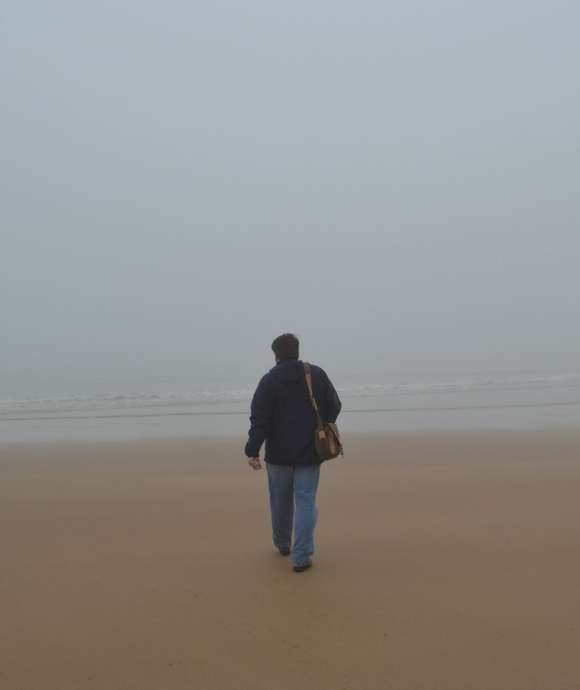
"No matter one’s age, travel is a unique and exciting educational experience. In my work, I have had the opportunity to reflect on history, events, and people in the places where they experienced life. Through the viewfinder, we can not only find history and perspective, but create memory, and evoke our evergreen past."
– Keith Huxen, PhD, Senior Director of Research and History, The National WWII Museum
Keith Huxen
Keith is the former Senior Director of Research and History in the Institute for the Study of War and Democracy at The National WWII Museum.
Cite this article:
MLA Citation:
APA Citation:
Chicago Style Citation:
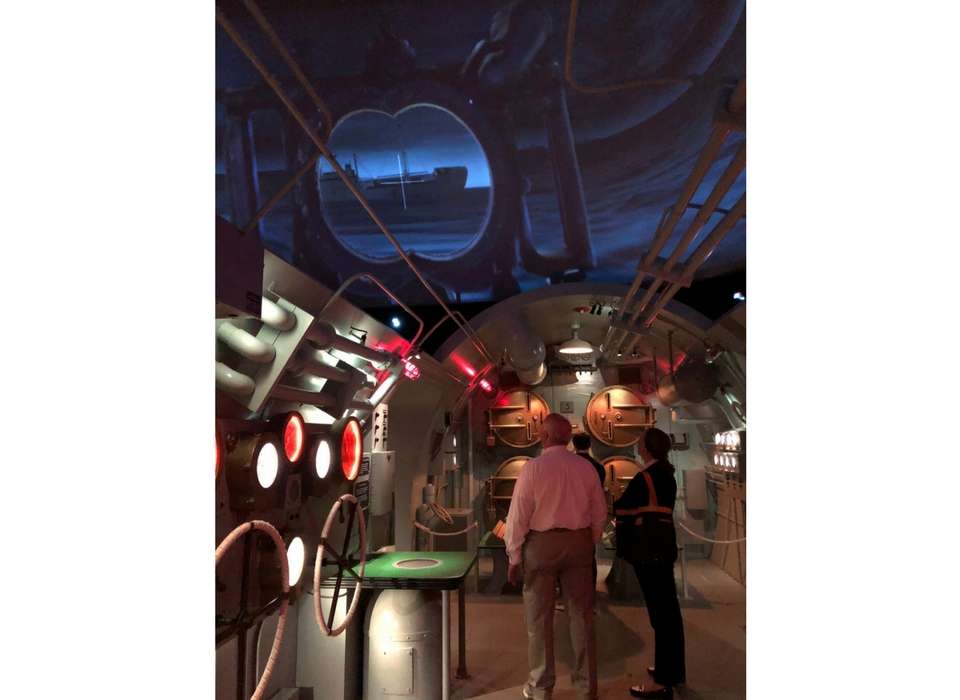
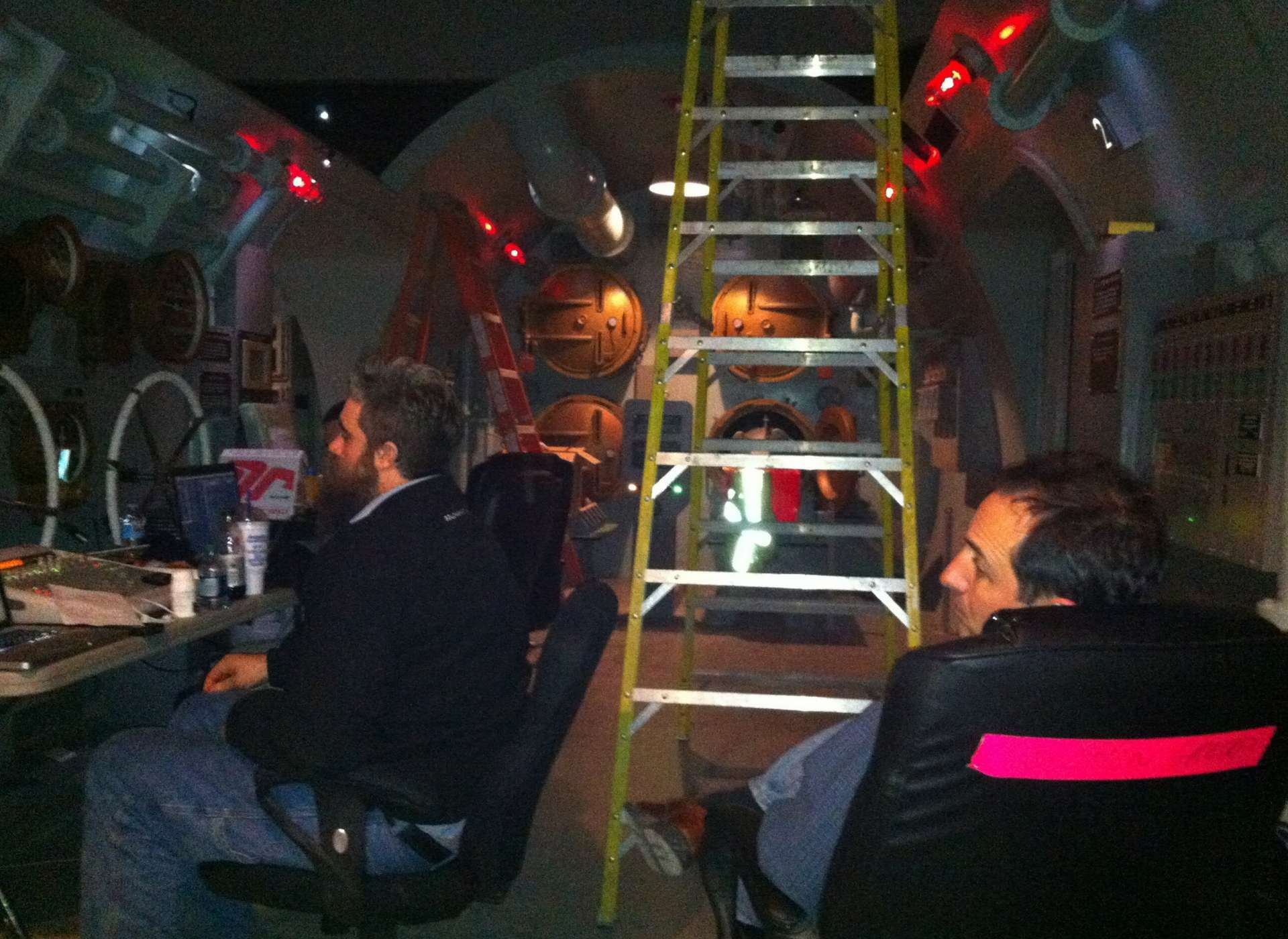

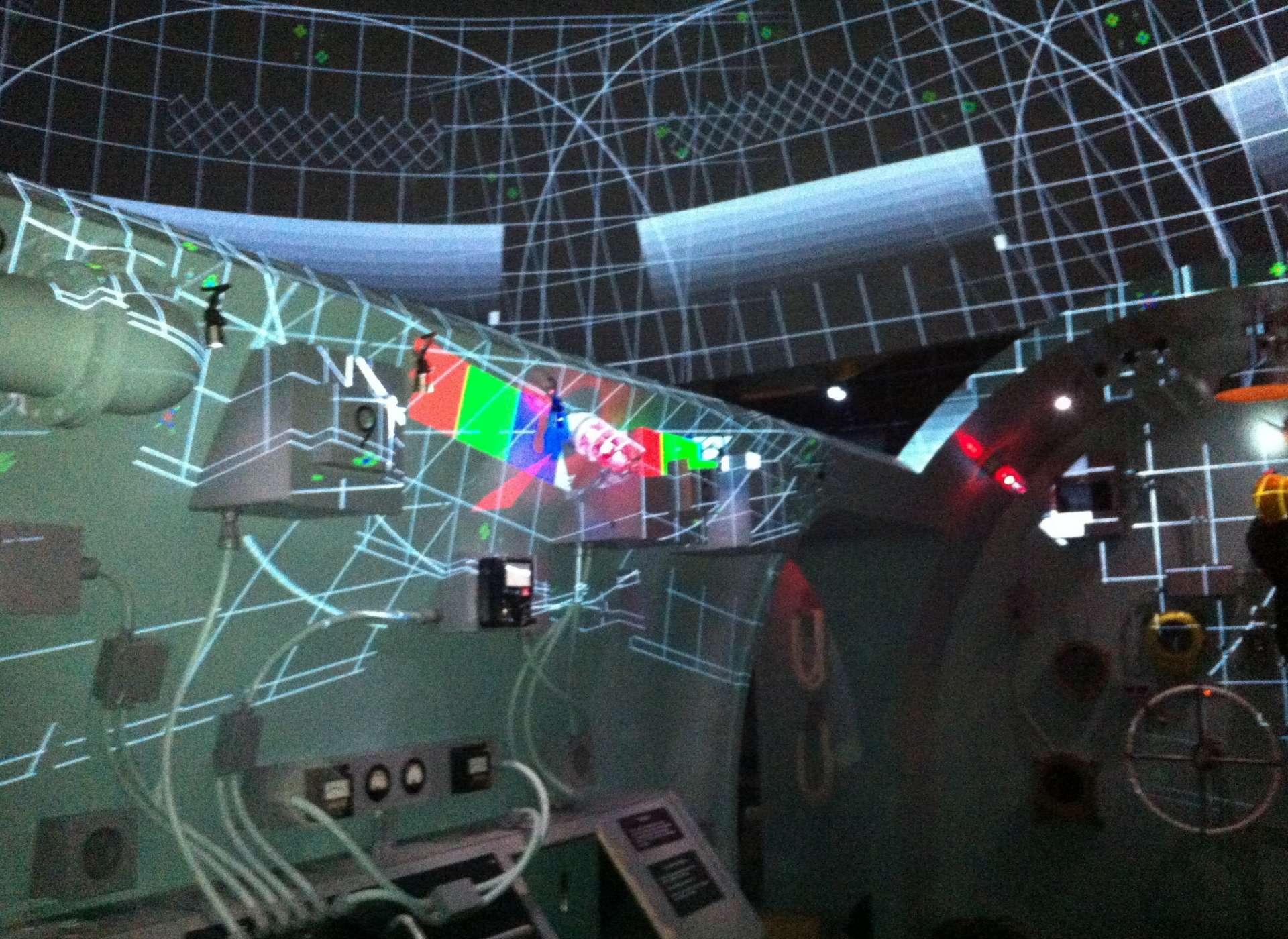
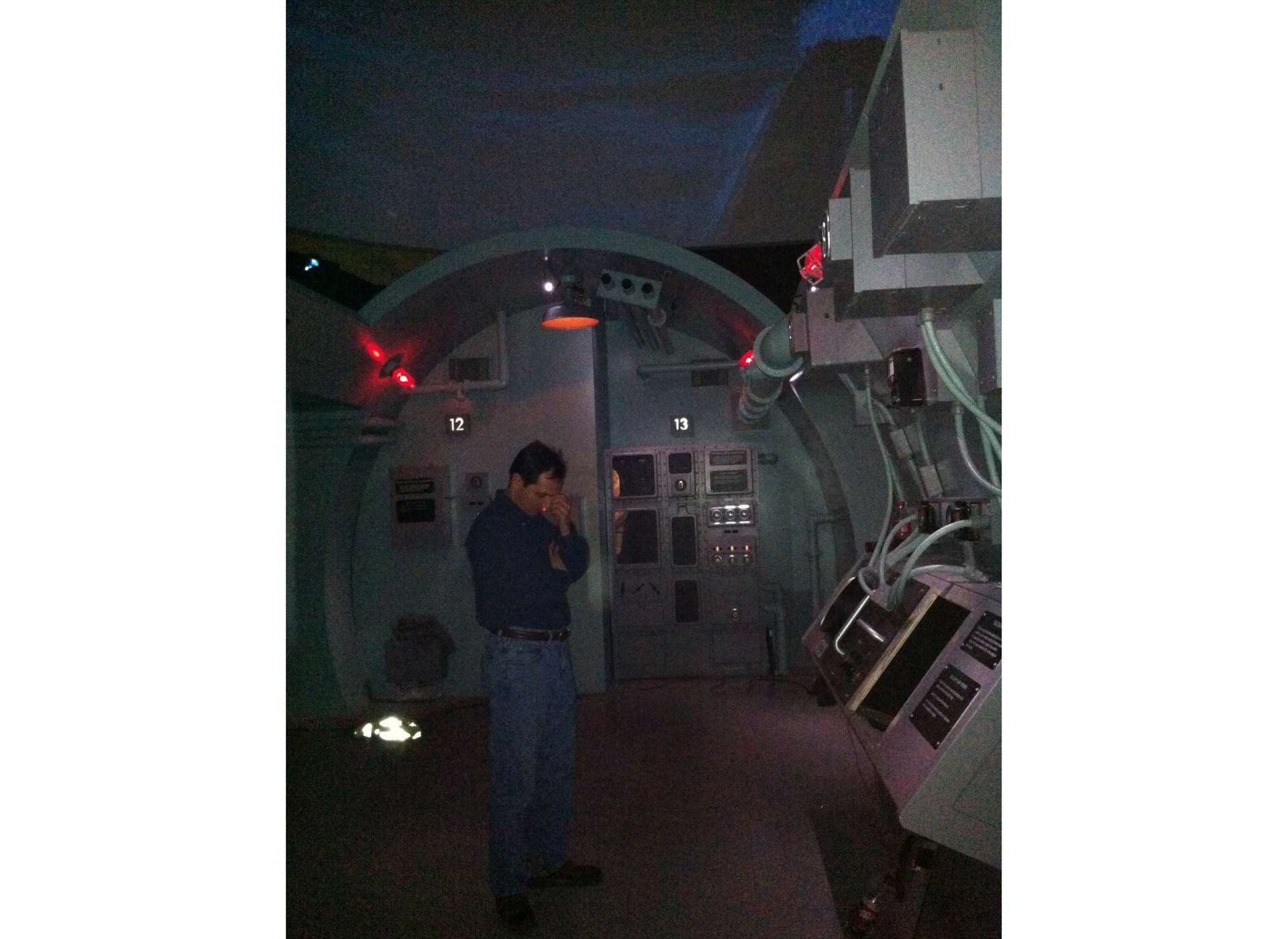
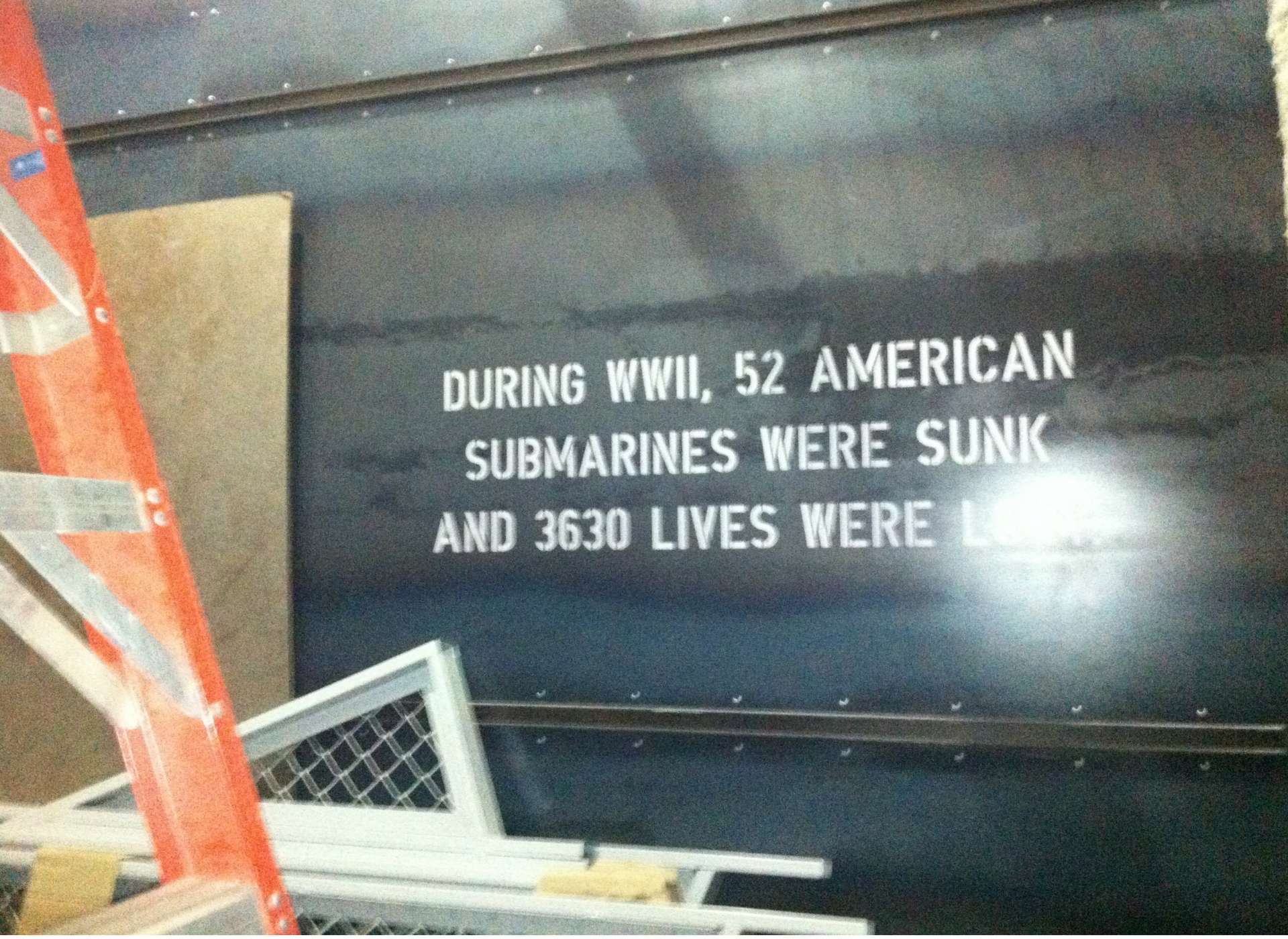
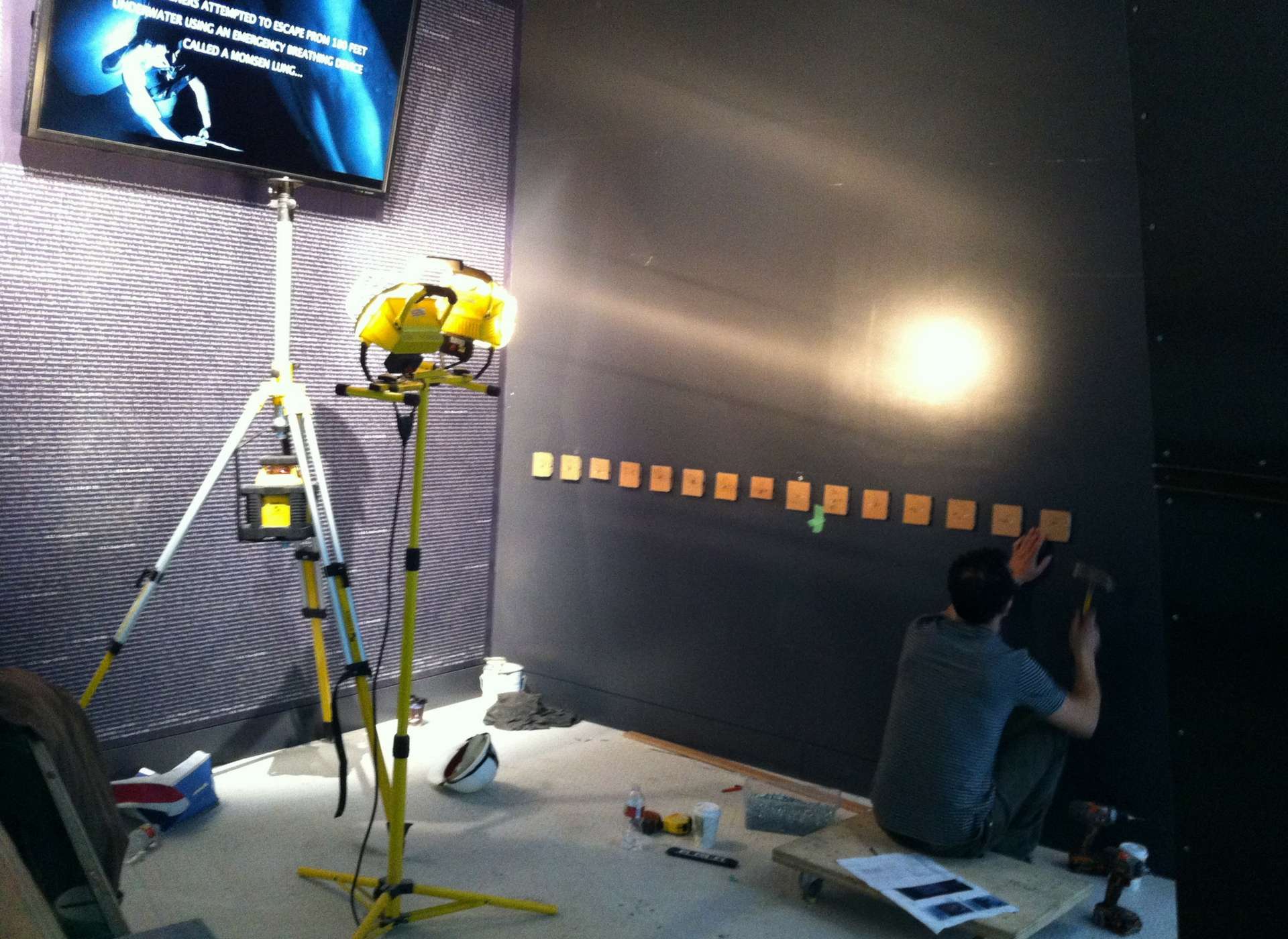
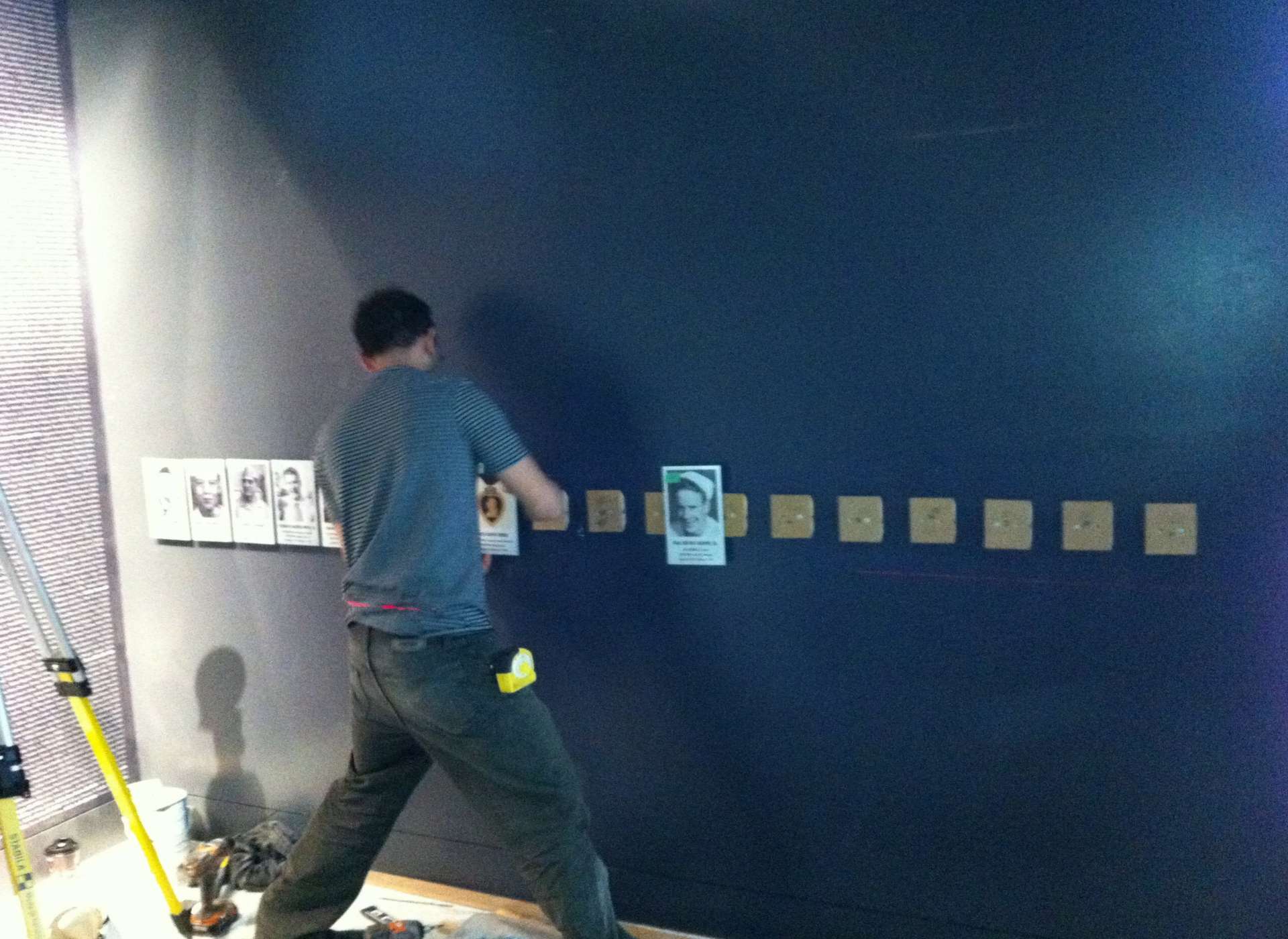


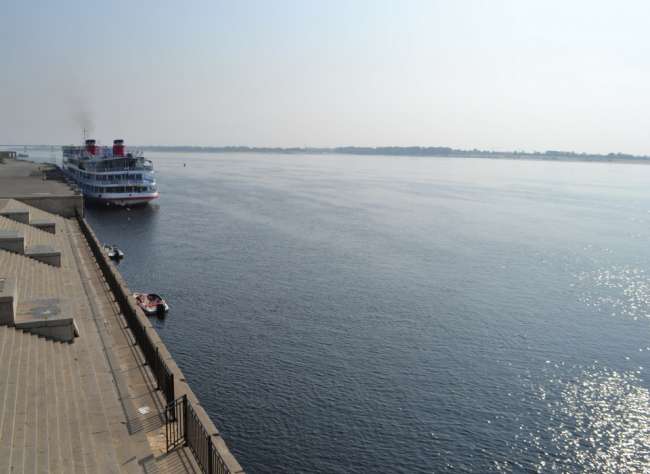
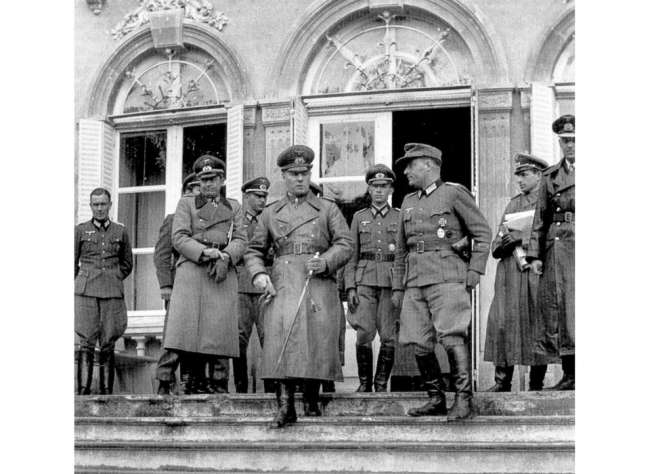





![Max Fuchs, New York City cantor, sings as Rabbi Sydney [sic] Lefkowitz, Richmond, VA, conducts the first Jewish services from Germany.](/sites/default/files/styles/max_650x650/public/2025-10/image1.jpg)

